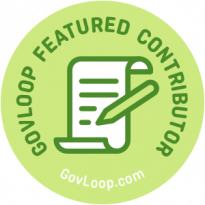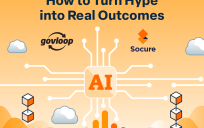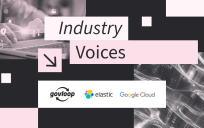You know artificial intelligence (AI) has gone mainstream when your IT department casually suggests, “We should automate that,” and they’re talking about policy interpretation, not payroll.
Government executives no longer have the luxury of ignoring AI. It’s here. It’s evolving. And yes, it’s quietly coming for your 200-page procurement workflows, tedious reporting requirements, and maybe even the sacred project management spreadsheets. The real question: Will you lead the adoption — or be steamrolled by it?
Why It Matters

AI offers governments transformative opportunities:
- Smarter service delivery
- Predictive analytics for resource allocation
- Early fraud detection
- Streamlined citizen engagement
However, it also introduces serious risks:
- Bias amplification (“automation discrimination”)
- Privacy breaches and data security vulnerabilities
- Unexplainable “black box” decision-making
- Loss of public trust
In short: AI can make you look like a genius…or land you on the front page next to phrases like “unprecedented audit” and “serious ethical breach.” Your leadership will determine which.
What Executives Need to Know
AI Isn’t Magic—It’s Math (and Math Can Be Messy): At its core, AI doesn’t think — it calculates. It identifies patterns based on whatever data you feed it. Bad or biased data = bad or biased outputs. Fast. At scale.
Ethics and Transparency Aren’t Optional: Congress, Office of Management and Budget, state legislatures, and watchdog groups are demanding explainable, responsible AI use in government operations. You must be able to answer, “Why did the AI make that decision?” — and not with a shrug.
Humans Are Still Essential: AI should amplify human judgment, not replace it.
Think Iron Man’s suit—not Ultron deciding to eliminate humanity for efficiency’s sake.
Start Small. Scale Smart: Before using AI for public benefits determinations or parole eligibility (gulp), start with low-risk pilots — chatbots, invoice reconciliation, or public records searches.
Office Reality Check: Fun fact: an AI system once flagged a government employee as a “fraud risk” because he moved twice in a year and ordered Uber Eats frequently. (Plot twist: he was a millennial living in a major city…and just really liked pad thai.) Automation without human oversight = comic relief — or catastrophic PR.
Mini Case Study
- The U.S. Department of Health and Human Services used AI to detect opioid fraud schemes by analyzing prescription patterns. Result?
- Over $1 billion in fraud savings
- Faster enforcement actions
- Improved public trust in anti-fraud initiatives
The lesson? Strategic AI, human oversight, and clear ethics guidelines = real results without collateral damage.
Key Takeaways
- Demand transparency. Insist on explainable algorithms, not just “trust the tech.”
- Build interdisciplinary teams. (Tech, legal, program management, and ethics should all have a seat at the table.)
- Pilot wisely. Start where errors won’t make headlines—or end careers.
- Keep humans in the loop. Automated doesn’t mean abdicated.
- Question the outputs. If AI suggests buying 5,000 staplers in Q4…ask questions. (And fast.)
Dr. Rhonda Farrell is a transformation advisor with decades of experience driving impactful change and strategic growth for DoD, IC, Joint, and commercial agencies and organizations. She has a robust background in digital transformation, organizational development, and process improvement, offering a unique perspective that combines technical expertise with a deep understanding of business dynamics. As a strategy and innovation leader, she aligns with CIO, CTO, CDO, CISO, and Chief of Staff initiatives to identify strategic gaps, realign missions, and re-engineer organizations. Based in Baltimore and a proud US Marine Corps veteran, she brings a disciplined, resilient, and mission-focused approach to her work, enabling organizations to pivot and innovate successfully.





Leave a Reply
You must be logged in to post a comment.